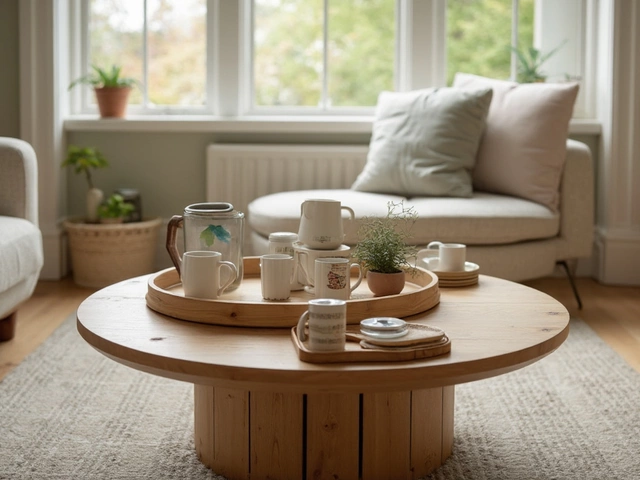Couch Replacement: Simple Steps to a Better Sofa
Ever stare at your couch and think, “Is it time for a change?” You’re not alone. A worn‑out sofa can ruin comfort, look outdated, and even hurt your back. Below are quick, real‑world tips to tell if it’s time to replace and how to pick a new one without breaking the bank.
When to Know It’s Time
If the cushions sag, the springs squeak, or the fabric has stains that won’t come out, those are clear signs. Noticeable dents after you sit down? That’s wear on the frame. Also check for smells – musty odors often mean mold or hidden moisture.
Another red flag is the style. Does your couch clash with the rest of the room? A modern living room looks better with a sleek design, not a faded 90s piece.
Finally, think about function. Do you need a pull‑out bed, extra storage, or a pet‑friendly fabric? If your current sofa can’t meet those needs, replacement makes sense.
Choosing the Right Replacement
Start with size. Measure the space from wall to wall and note any doorways or stairwells you’ll need to navigate. Write down the exact width, depth, and height. A sofa that’s too big will feel cramped; too small looks lost.
Next, pick a material that matches your lifestyle. Leather is easy to wipe, but can be pricey. Fabric offers more colors and textures; just choose a weave that resists stains if you have kids or pets.
Comfort matters. Sit on a few models in the store and test the cushions. A good rule of thumb: you should feel supported but not like you’re sitting on a rock.
If budget matters, consider a ready‑made collection from reputable UK retailers. For a unique touch, get a custom piece made by local craftsmen – you’ll pay more, but the fit and finish can be worth it.
Don’t forget the frame. Hardwood frames last longer than particle board. Check the bottom for sturdy legs and tight joints.
Delivery and setup are often overlooked. Ask if the seller offers white‑glove service that brings the couch inside, removes the old one, and assembles any parts.
While you browse, keep an eye on sales. End‑of‑season clearances can shave 30 % off a new sofa.
Lastly, protect your investment. Use a slipcover if you expect heavy use, and rotate cushions every few months to keep the shape even.
Replacing a couch doesn’t have to be stressful. Identify the signs, measure your space, choose a material that fits your life, and shop smart. In just a few steps you’ll have a fresh, comfy centerpiece that upgrades the whole room.
Ready to start? Grab a tape measure, jot down your top three must‑haves, and check out our blog posts on popular sofa colors and where not to place a sofa for extra inspiration.



